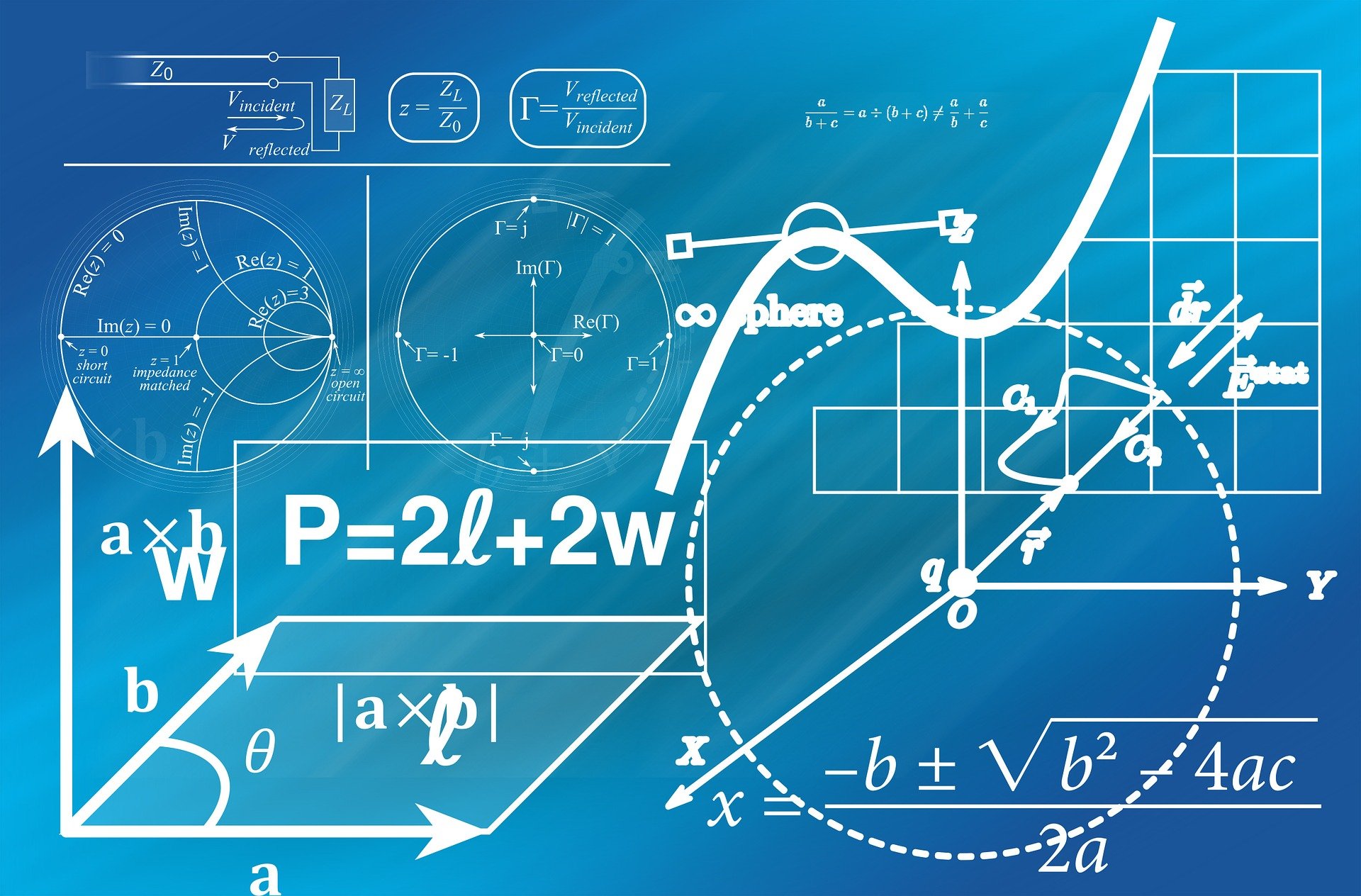Is there math on the MCAT? Yup. Can you use a calculator on the MCAT? Nope. This scares a lot of students, but let’s think about it another way. Although calculations may look tough initially, MCAT math is always subordinate to science. The MCAT is not about math for the sake of math. You’ll be more than ready to tackle MCAT math problems on test day by practicing and keeping these tips and tricks in mind.
When you’re done, test your new skills with a free MCAT practice test.
MCAT Math Tips
Units
First and foremost, you should be comfortable working with units. Units are important because they help us keep track of precisely what we’re using a number to qualify. Doing algebra with units is one way to check your work and verify that you’re using the correct form of an equation.
When taking the MCAT, you’ll likely have to pull at least a few equations from memory while answering questions. It’s totally normal to second-guess whether you’re putting the right variables in the right places, especially if the equation isn’t particularly intuitive.
But what if we’re dealing with different units of distance? For instance, what if there was a mismatch in scale, like if the question gave us information in meters, but all the answers were in millimeters? From a purely unit-checking perspective, we want to ensure that we’re putting the right variables in the right place of the equation. For this, all we need to do is make sure the same TYPE of units end up in the same place on either side of the equation. In this case, as long as we see some unit for distance in the same place on both sides of the equation, we know that we’ve set up the problem correctly.
Sign up to get expert tips and exclusive invites to free MCAT classes and medical school admissions workshops!
However, when we match our units to the correct answer choices, the correct, specific units should line up. This is where unit conversion comes in.
To convert between units, we can utilize the concept of dimensional analysis. You might have seen dimensional analysis already, in the context of, say, stoichiometry or physics, but it applies much more broadly. So, if we’re given an equivalence between two units, like 1 foot equals 0.3 meters, we can write that as a fraction in the form of: 1 ft / 0.3 m, or as 0.3 m / 1 ft.
Given that 1 foot and 0.3 meters are equal, those fractions both equal 1. We can multiply any other value by that fraction without changing its magnitude. We’re simultaneously doing algebra with the units, which changes them into the option that we need to work with.
Choosing Equations
Remember that equations are tools, and we need to pick the right tool for the job. The equation (or perhaps equations) should BOTH contain variables related to the information presented in the question stem AND yield a calculated result that corresponds to the answer choices.
And here’s another possibility: what if a passage gives us an equation we’ve never seen? Don’t worry! The beautiful thing about passages is that no matter how involved or intimidating they seem, they must be accessible based on core MCAT content knowledge. Now, “accessible” doesn’t mean “easy”—the information you need might be buried in a blizzard of confusing terminology and acronyms—but sufficient information will always be there.
This means the key to handling novel equations is to leverage passage information to understand the goal of the equation, and how it fits into the broader ideas discussed in the passage. Work through each variable in the equation one-by-one, making sure to account for every variable. Even if you’ve never seen a certain symbol before, it must be defined somewhere.
Calculation Errors to Look Out For
Negative Numbers
The quintessential example of a “silly” math mistake is obtaining an answer with the wrong sign. For example, a negative instead of positive, for instance. A great way to avoid this is to be careful when subtracting a negative number. Subtracting a negative number is identical to adding the absolute value of that number. For instance, 9 subtracted by -6 is the same as taking 9 plus 6 to equal 15.
It’s incredibly easy to forget to write down one of the negative signs, or simply to see “9,” “6,” and “minus” and think “3,” especially when plugging values into an equation that involves subtraction.
Likewise, care is needed when multiplying by negative numbers. If a minus sign is in the mix, slow down to ensure every two negative values multiplied “cancel” into a positive.
Dividing by a Number Less Than 1
Another common source of mistakes is dividing by a number that is less than 1. Dividing any positive value by a number less than one will always result in a larger, more positive, answer. On the other hand, dividing any negative value by a number less than one will always yield a more negative answer.
This might be a bit challenging to conceptualize. Performing the calculation 10 divided by 5 can be clearly pictured or written down as taking a group of 10 and dividing it into groups of size of 5. This gives us 2 groups. Dividing 10 by 0.1 is a bit more abstract, but is still the exact same idea: taking a group of 10 and dividing it into much smaller groups of size 1/10, which requires 100 groups.
Failure to Properly Distribute When Moving a Term to the Other Side of the Equation
Algebra errors are also quite common when manipulating equations. Most of these involve improper distribution when moving terms between the sides of an equation. As an example, take the kinematics equation:
vf2 = vi2 + 2ad
Imagine that the only information we have is that acceleration is equal to -0.5 m/s2, and that we’re trying to solve for displacement, d. First, we can plug in -0.5 for a, and simplify, giving us:
vf2= vi2 – d
Then, we subtract vi2 from both sides, yielding:
vf2 – vi2 = -d
Next up, we need to divide both sides by -1 to isolate positive d on the right side, since that’s what we’re solving for. But what is vf2 – vi2 divided by -1? A common mistake here is to only apply the negative sign to one of the terms on the left. Make sure you apply the negative sign to every component of a side when you multiply or divide by a negative number as you rearrange an equation. This will give us:
–vf2 + vi2 = d
or
vi2 – vf2 = d
There’s no reason to freak out just because there is math on the MCAT. With some small additions to your MCAT prep, you can easily solve MCAT math problems without a calculator. Our MCAT Self-Paced Course and 515+ Course students have the option to attend supplemental office hours for more help with MCAT math. Not a Blueprint student yet? No problem! You can attend free MCAT webinars and workshops open to everyone. Or start your prep for free by creating a Blueprint MCAT account.





